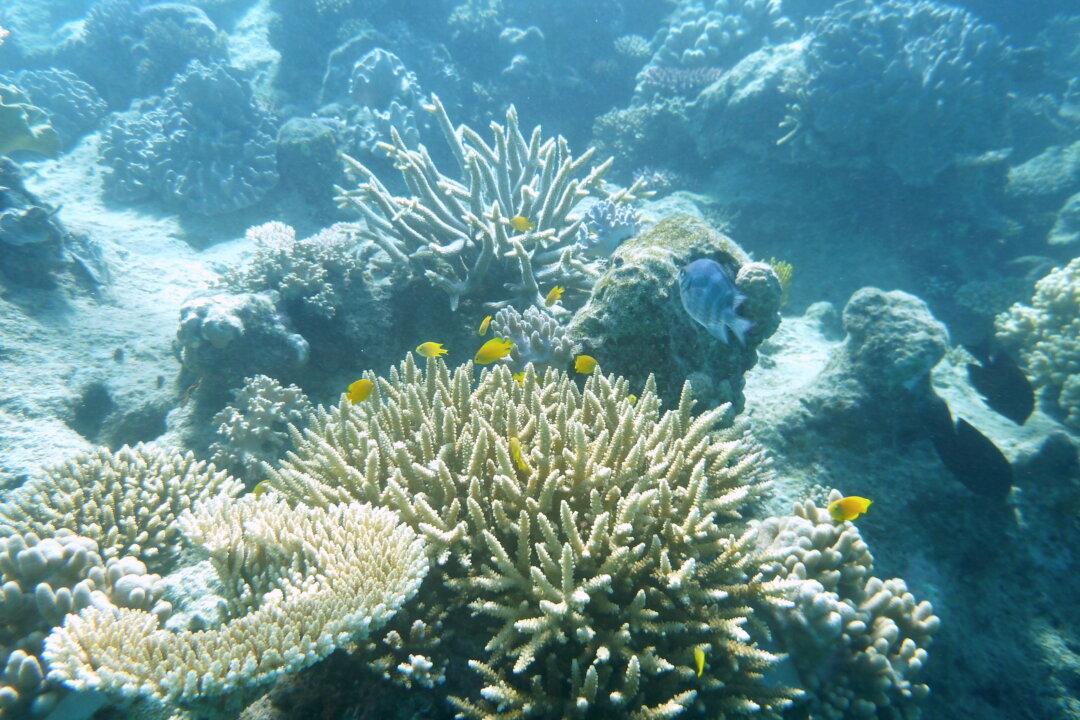‘Salsa dancing’ spiders, tiny crabs dressed in sea sponge, and chest-bursting wasps are among some of the 626 new Australian species scientists discovered in the past 12 months.
Environment Minister Tanya Plibersek said that scientists are discovering and naming about two new species every day.





